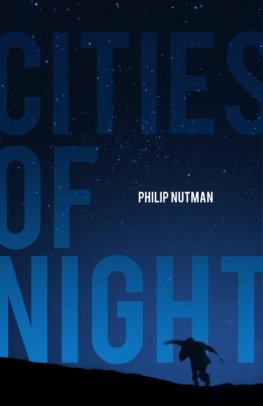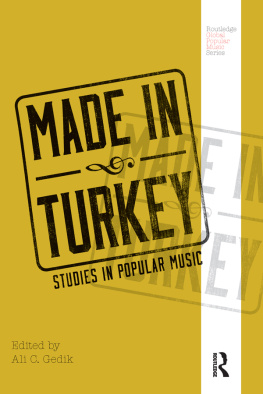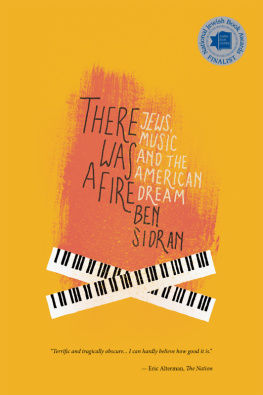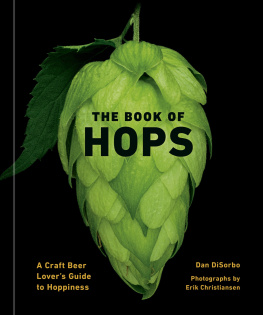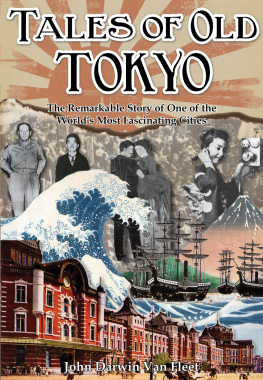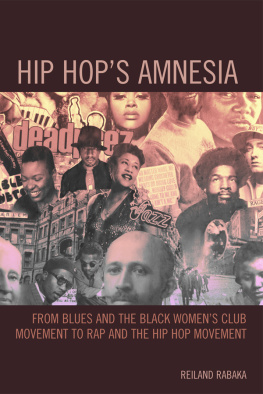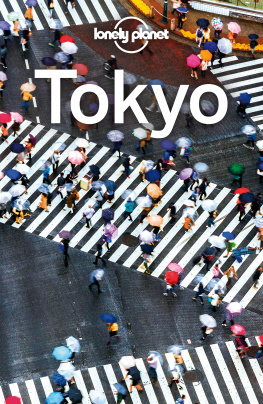
This book would never have got written without a whole lot of peoples love, support and advice. So, in no particular order, thanks to Tom Rowley (still eating crazy cheese like youd think hes from Paris), Dan and Tania (for bed and burgers), Claude Grunitzky, Siany Sian (the bridge is, like, so over), Rainer Lampkins-Fielder, Sandra Klopper, Forzanah Badscha, Sky 189, Rachel and Alistair (for bed and boerwors), Papa Joe Sciorra, Indo Aminata (Guineas greatest gift), Jos Junior, Def Yuri and Renata Hotbutt.
Even in London, a lot of people were cool. They included Anna@Abstrakt, Shane@Universal, Sam and the other Darlings, Marie-Agnes@the French Music Bureau, Austin and Snowy@Woah, Will@Big Dada and Vez@Ninja. Who else? Bandit from MSI, Burhan, Charlie Dark and Mike Ladd (the original renaissance men), Ils (because lemonade was a popular drink and it still is), Francesca, Drew and Sacha (TV? You are joking). Much love, too, to Gez and Feels (a.k.a. Tha Godsunz), Lil Meems and Gusta Gus.
Most humble thanks, however, go to those who have forgotten more about this and other cultures than Ill ever know and still had the grace to share their wisdom. Kenyatta Belcher (peace to you, my friend; well hook up soon), Jeff (a.k.a. Peanut Butter Fly), Yuko Asanuma, Carlo Schilir, Dylan Lloyd and Luke Dowdney. Incidentally, if youre reading this with a heavy wallet, check out Lukes work at www.vivario.org.br for a useful way to splash your cash. The good fights the only one worth fighting and Luke knows that better than anyone.
Finally, acknowledgements arent acknowledgements without offering gratitude to the man upstairs for his unfailing help: Mike Jones, my editor.
For Kanyasu. Thank you.
Contents
Intro
Straight Outta The Jungle
Part One: New York
Its All About The Benjamins
Part Two: Tokyo
A Watchers Point Of View (Dont Cha Think)
Part Three: Johannesburg
How Many Mics
Part Four: Cape Town
Im A African
Part Five: Rio de Janeiro
One Day Itll All Make Sense
Outro
It Takes More
Intro
Straight Outta The Jungle
We call him Yella/He is the best/He rocks the house on the DMX/When hes on the beatbox, he cannot miss/So listen to the beat as he rocks like this.
How far can you get from the ghetto? Not much further than a village ten miles from Chippenham, Gloucestershire, UK.
So when are we talking? Let me check the vinyl. OK. The albums called Street Sounds Electro Volume 9. The track is World Class by the World Class Wreckin Crew. 1985.
It must have been my friends fourteenth birthday then. Joss. And, yes, he was posh. Posh Joss. His parents owned a rambling country pile and a whole gang of us had bussed out there from the South London burbs. The sound system was set up in the garage (his dads Jag had been moved on to the gravel drive) and the girls danced in gaggles, nervously sipping cans of Heineken, while the boys lit cigarettes from ten-packs of JPS and argued over the tapes.
The music was diverse, unified only by its 80s mediocrity: a fair dose of Wham and Duran Duran, a dash of Meatloaf, a pinch of the Clash, a sprinkling of Siouxie and the odd soul tune. So what were we wearing? Like I say, this was the 80s and, the way I remember it, youth culture was uniquely unfocused; so scrawny metallers in Iron Maiden T-shirts rubbed shoulders with fey new romantics, pallid goths, wedge-haired casuals, boys dressed like Madonna and girls dressed like Boy George. Were talking lots of post-Fame leg-warmers and pristine Nike trainers (in the days before the swoosh ruled the world); hairspray and black eyeliner gone mad.
As for me, I was confused. My Sunday football team was strictly casual and for the last couple of years Id been listening to soul-boy anthems by the likes of Shakatak and the Fatback Band. But the hip kids at my school were all, believe it or not, into psychobilly (think Huey Lewis goes thrash) and if thats not a sign of lacking focus I dont know what is. That lot liked nothing more than a night of seedy abandon at the Clarendon on Hammersmith Broadway. Its about ten years since the Clarendon was finally and inevitably swallowed by an identikit mall but, back then, there was little to beat a weekend spent moshing to the Meteors or Guana Batz. So my uniform wedge haircut (bleached white at the front, of course) probably topped off a faux-American baseball jacket (twenty quid from Camden market), secondhand 501s and a pair of Doc Marten boots. Very cool in a Breakfast Club meets the National Front kind of way.
It was a big night for me. A year after my first snog, Id just enjoyed numbers two and three (a pair of pubescent blondes whose names have faded despite vivid memories of smell and touch) and I was high on a cocktail of warm lager and half-fulfilled sexual frustration. Then someone God knows who; romo, goth or casual dropped in a tape of of what? Rap, electro, hip hop.
Im listening to it now, that same compilation that I rushed out and bought the following week. Street Sounds Electro Volume 9. Its hard to figure its appeal. Maybe it was the nascent electronica that sounded so much more advanced than John Taylors bass, or maybe its urgency and aggression tapped into the aspirational psychobilly in me. Whatever. I tugged the unwilling blonde (number three) into the middle of the garage dancefloor and began to move with all the grace and rhythm of a moth around a lightbulb.
The memory makes me squirm with embarrassment. But it probably makes DJ Yella (the one who rocks the house on the DMX) squirm too. Back then, the World Class Wreckin Crew were a bizarre LA outfit who wore shiny suits and their hair in jheri curls. But it was only a couple of years later that Yella graduated to the gangsta-lifestyle, ghetto-celebrity attitude of hip hop legends NWA. By then hip hop had changed, Yella had changed and I had changed too.
But I will always remember that first night. It was the night I vowed to be the first B-Boy in London. I thought hip hop was totally new and didnt realise that, like me, the genre was just entering awkward adolescence.
In the fifteen years plus since Josss party, Ive met all kinds of B-Boys from all over the world from hip hop legends to wannabes, LA gangstas to ghetto-fabulous New Yorkers, Johannesburg township kids to Tokyo hipsters and they often talk about their conversion to hip hop in almost epiphanic terms. They mention the first time they heard Kool Herc play at a block party or their first DJ Quik mixtape or Fight The Power (rapper, actor, Nigga With Attitude, voice of disenfranchised black America, that kind of thing): Straight outta Chippenham, crazy muthafucka called Patrick. Yeah, right.
Genres of popular music come and go; some swell as others contract, some evolve and others simply disappear (psychobilly, anyone?). The most long-lived and successful tend to be those that encompass more than music alone; perhaps a style of dress, attitude or dynamic of consumption. Any record-company man will tell you that if you want to shift units, you have to sell to the kids. And what do the kids want? Symbols they can appropriate as tools of their growing identity. Its obvious stuff.
Marilyn Manson is not a modern American icon thanks to the quaint power chords of his faux-goth rock but because he flirts with images of androgyny, satanism and alienation and spawns reams of angst-ridden teen poetry. Little wonder that the Brits dont get him. Oasis dont stand or fall by their sub-Beatles meandering but by their Madchester, mad-for-it, proto-lad pronouncements. Little wonder that the Yanks have never got them.
Next page

